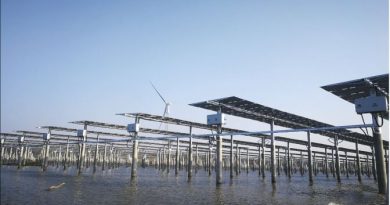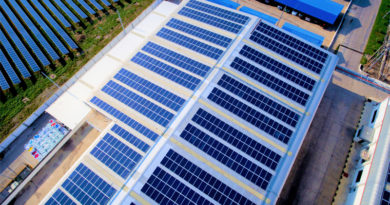Ditching Diesel for Renewables on Islands
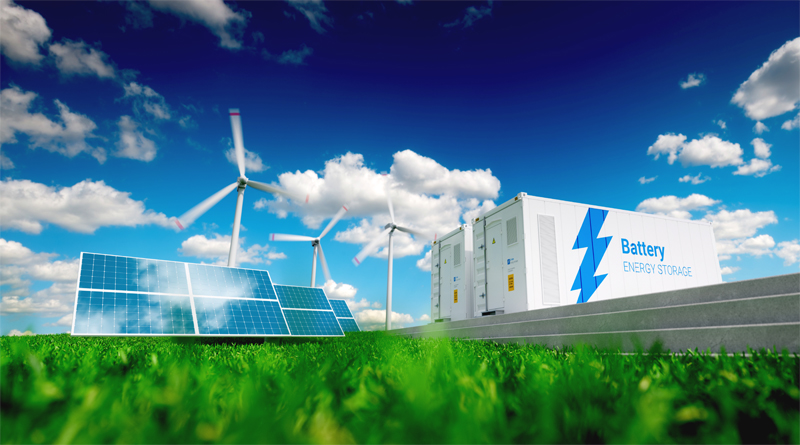
Two of the United Kingdom’s remotest islands have finally secured access to a sustainable, 24 hour electricity supply thanks to £4.3 million renewable power system investment by the Scottish Government, the EU, the Big Lottery Fund, Shetland Islands Council, Fair Isle Electricity Company, National Trust for Scotland and Highlands & Islands Enterprise.
Ditching their dependence on diesel generators, Scottish islands of Fair Isle with 55 inhabitants, and Canna and Sanday with 15 inhabitants, now house combined wind, solar and energy storage systems on the both the islands.
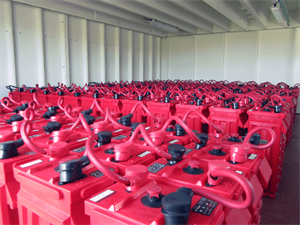
The Island of Fair Isle has seen the installation of a 51.8kWp solar photovoltaic system, and three 60 kW wind turbines. The Wind and Solar systems feed the power to a 588 KWh battery system. While on the Canna and Sanday Island, a 34.56 kWp solar PV system and six 6 kW wind turbines were recently installed. The systems was supported with a 225 KWh battery storage system.
“After shipping equipment from the mainland, Wind & Sun carried out the installation during several trips over the summer fitting the battery storage, inverter system and PV arrays …. Finally the wind turbines were delivered, erected and connected up by Harbon Wind on Fair Isle and SD Wind Energy on Canna/Sanday,” read a statement released after the comissioning of the projects.
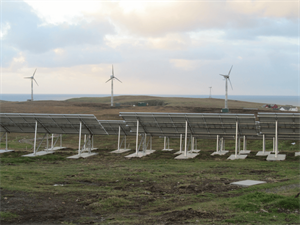
The local residents who have been trained by Wind & Sun will operate the energy systems with the company remotely monitoring and providing support. “Electricity will be provided to residents after which profits from the power generated will be used to cover operation and maintenance costs, and reduce bills for local homes and businesses,” cited the statement.
Furthermore, to support the transition from fossil fuels to renewable energy on six island states in the Caribbean, Pacific and Indian oceans (Montserrat, St Lucia, Mauritius, Palau, Tonga and Vanuatu) the UK Space Agency International Partnership Programme (IPP) has invested £2.9 million to roll out the second phase of the renewable energy analytics platform – RE-SAT, developed by the IEA. The satellite data and in-situ weather data will be combined with advanced analytics to help define the best renewable energy mix for the island, look at where new projects could be located, examine the potential financial viability of renewable energy investments, and estimate power production and variability.
“The IEA will work in partnership with the governments of the SIDS, their utilities companies, their energy regulators and the United Nations Development Programme (UNDP) to tailor RE-SAT to the needs of each state and build the capacity of energy providers, policy-makers and planners to support its implementation, combining our expertise with in-country knowledge and skills,” read a statement issued at the time.
For India too, getting its island chains of Andaman and Nicobar ISlands, and even the Lakshadweek Isles on a renewable diet for their energy requirements is on the radar now, though there have been issues with bids. A key lesson to be learnt in the case of islands is of course the need to possibly consider subsidies more aggressively, owing to the many benefits of renewables to the much more fragile eco system in the islands.
Besides Islands, efforts are also on to shift Ladakh, especially Leh, from gensets to solar. The Ladakh case is particularly sad, as the area is otherwise very solar friendly, as proved by the governments own tentative plans for generation of upto 25 GW fom the region through solar power.

